A Zipper Guide: Everything You Need To Know About Zip Types
Separating zips… Close-ended zips… invisible zips… continuous zips… 🤯 I hear ya! What zip do you need where, and what exactly do those numbers mean?! Read on my friend...
Welcome to this zippy edition of my sewing Substack I get SO many questions about zips… Separating zips… Close-ended zips… invisible zips… continuous zips… I hear ya! What zip do you need where and what exactly do those numbers mean?! This zipper guide has everything you need to know about zip types.
As simple as they might seem, zippers are the backbone of functionality and style in many sewing creations. But not all zippers are created equal, and choosing the right one can be the difference between a project that's just good and one that's great.
By the end of this installment, you'll be equipped with the knowledge to not just choose the right zipper, but to do so with confidence and creativity.
And if reading isn’t your thing… You can watch a video I did talking you through all the different zip types here, but please leave me a comment or a ❤️ below if you’ve found this post helpful, I’d really appreciate it!
The Anatomy Of A Zip
First, let’s talk about the anatomy of a zip… You might find some of these terms in a tutorial and it’s useful to be aware of the parts, and the functions they serve in your zip
Top Stop: A small bar at the top that stops the slider from coming off of the top of zipper tracks.
Bottom Stop: A small bar at the bottom that stops the slider from coming off of the bottom of the zipper tracks.
Slider Body: The most common part of the zip, it separates and joins the tracks as you slide the pull tab up and down.
Pull Tab: The second part of the slider body, used to pull the zipper up and down.
Zipper Tape: This is the fabric part that gets sewn on to your project. The zipper teeth are attached to the zipper tape
Retainer Box: Secures it together and stops the slider from coming off of the bottom – this only applies to separating zips.
Insertion Pin: Holds the opposite side of the zipper in the retainer box – this only applies to separating zips.
Different Types Of Zips
Now you know your top stop from your slider let’s talk about the two basic zips types: Closed-ended zips & open ended zips…
On the left we see a closed-ended zipper – the zip is permanently closed on one end
On the right we see an open-ended or separating zipper. The zip completely separates in two. These zips are often found in jackets, coats and other garments.
What is a closed-ended zip?
Closed-ended zips are a great jumping off point into the world of sewing zips – and they’re one of the easiest to get the hang of.
It has a bottom stop which is a metal bar that goes across both sides of the bottom of the zipper and holds it together in one piece.
These kinds of zips are really versatile as they come in a wide range of both colours and sizes
They can be used in making pouches, bags, dressmaking, cushions and lots more.
What is a separating or open-ended zip?
Does pretty much what it says on the tin, this zipper separates at the bottom – great for fastenings that require opening/closing.
Separating zippers are usually found in jackets and coats.
You can cheat and use these zips in place of a closed ended zip if you like the style… you simply just treat them as you would a closed ended zip and bury the separating end in a seam or cover with a zip tab!
What type of zip do I need?
The 4 most common types are nylon coil zip, plastic moulded zip, metal zip and invisible zip.
What’s a nylon coil zip?
A nylon coil zip is one whose teeth are made from nylon, rather than hard plastic or metal. Made how it’s named, nylon monofilament is coiled and then stitched or woven into the zipper tape.
Nylon teeth zips are great to use as you can usually sew right over the teeth without your needle breaking!
Nylon zippers are also really flexible compared to other zip types. They have strong horizontal strength, this is ideal because they’re easily fixed if broken.
These are the zips of choice for luggage and outdoor products due to their strength, you’ll likely find them on suitcases, backpacks, tents or jackets! Thanks to this bad boy you can overpack your suitcase and STILL close it shut without ripping the whole thing apart!
Nylon zippers are also very forgiving if you sew over them – it’s unlikely your needle will break if it’s a size 80 or stronger.
What does an invisible zip look like?
As the name might imply – these are (almost!) invisible! These zips are also known as concealed zips.
Usually with very fine teeth, they’re sewn into the seam in garments to give a clean finish – with only the pull tab showing (if installed correctly!).
You ideally need an invisible zipper foot to insert this zip type more easily and accurately.
Where to use a moulded plastic/chunky zip?
These zippers are usually constructed from acetal polymer plastic and have symmetrical teeth that interlock together. They also have more substantial & defined zip teeth than other zips – hence the name chunky! These are most commonly seen on clothes like jackets and also handbags.
Sadly, if one of the teeth breaks over time it’s very difficult to fix.
However the shape of the teeth makes them slightly stiffer/stronger than nylon coil ones – it’s a balance!
What are metal teeth zips?
Probably the most sturdy and durable of the bunch, they have teeth made out of metal that are clamped onto the zipper tape, however they can be relatively heavy and are a lot more difficult to shorten.
Often seen on denim jeans due to their resistance to withstand multiple washes, and due to the rough nature of how people wear/treat their jeans. This style is also used for heavy-duty items such as duffle bags, leather products and suitcases.
There is a huge trend towards adding metal teeth zippers to pouches – they add a feeling of luxury.
What are continuous zips?
These zips don’t have a beginning or end, you can cut them to the length you need as there’s no pull tab or bottom stop and you can purchase the zipper tape by the metre.
Zip pulls are purchased and added separately giving you more control over the look and design of your project.
These are great if you need a very long zip. Perfect to reduce waste and for those niche projects, you can also customise it to your needs and add zip pulls to either side!
What does a #3 or #5 Zip look like?
Ever wondered what a size 5 zip actually is?! For the uninitiated, it might seem confusing but the reality is it’s very simple…
Zip sizes are expressed in numbers (#) and the width of the zip teeth is measured in millimeters. The most common are size #3 and size #5.
I'd be thrilled to hear that you appreciate my work! I’d love it if you bought me a coffee to support my work if it has helped you and offered you value☕️
In most cases the overall size is an approximation of the zipper teeth width in millimeters when the zip is closed.
When sewing your makes, if your project doesn’t include a recommendation for the size of the zipper, you can use the table below:
ZIPPER SIZE CHART
Don’t forget when it comes to measuring the length of your zip, you should start measuring from the top stop and finish measuring when you reach bottom stop, this will give you the most accurate measurement of your zip.
How heavy are zips?
Weight is an important factor to consider as you want to match a suitable weight to the project you’re working on.
Usually metal zippers will weigh a lot more than moulded plastic ones.
So for example if you’re sewing some children’s clothes with a zip on the front, metal may not be suitable as it would be too heavy and weigh the whole garment down.
Zipper Tools
Grab the tools below to help you with your zip sewing!
What does a zipper foot look like?
A recommended prerequisite before you start sewing zips is getting yourself a zipper foot. Although some seam-stars agree it’s not a necessity – it does make life a lot easier and you are more likely to get a nice finish.
You can get 2 different zipper foots, an invisible zipper foot and a regular zipper foot.
The difference between both is self-explanatory, the invisible zipper foot is to be used when sewing invisible zips, and the regular zipper foot is to be used with all other types.
(Two different types of regular feet)
(Invisible zipper foot)
Pliers
Some zippers such as nylon coil and chunky zips can be cut with scissors to shorten, however metal ones need a little more work to shorten & pliers are the perfect tool for this.
All you need to do is snip & pull off some of the metal teeth with pliers.
Clear Tape
An easy tool most of us have in our homes, the same sellotape we use with wrapping paper! I like Scotch Magic Tape as it doesn’t leave a residue on your project.
Use this to stick down the zip whilst sewing for ease to keep it from slipping.
Ideal for holding together seams, zips or hems when stitching knit fabric, it’ll also keep the fabric from stretching as you sew.
Even better… this tape disappears after the first wash!
If you prefer watching rather than reading, check out our video version of this guide over on our Youtube
Did this guide help you? If it did I’d appreciate it if you’d leave a comment or a ❤️ on this post to help other people find my work! And if you’d like to hear more from me I’d love it if you would subscribe below… thanks so much!











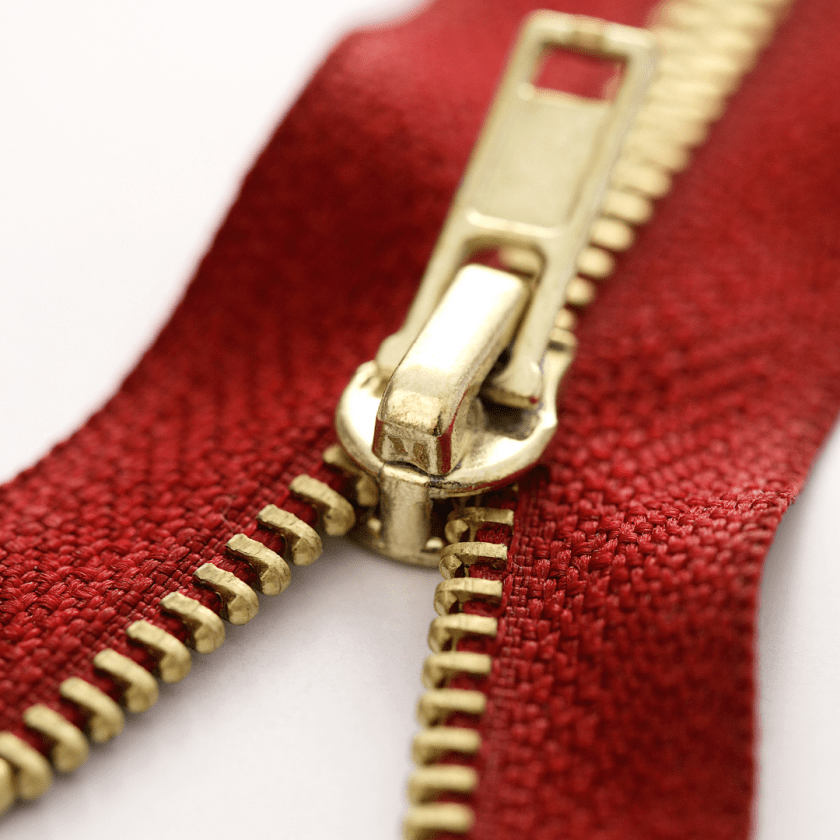




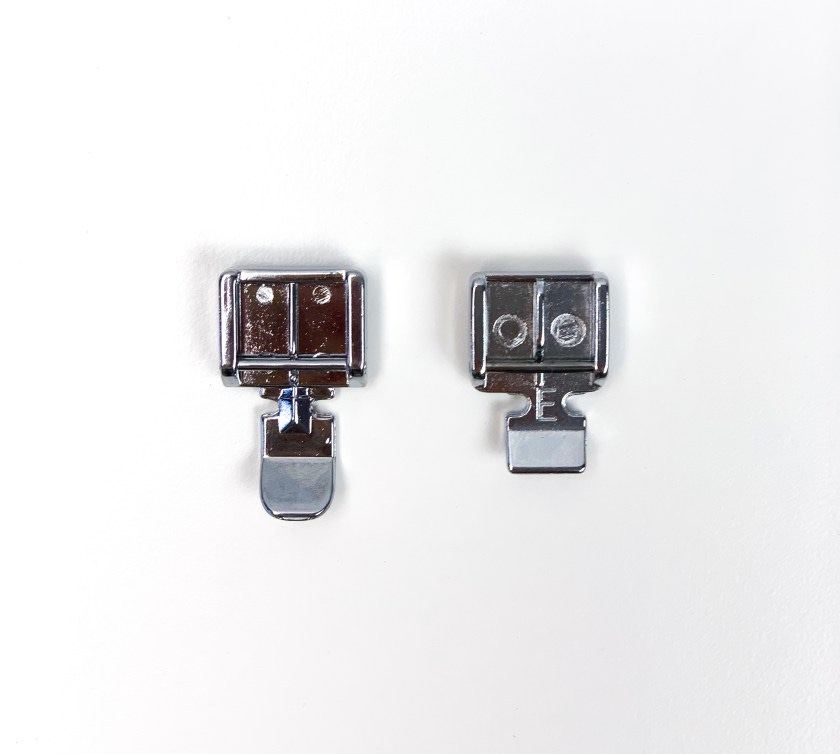
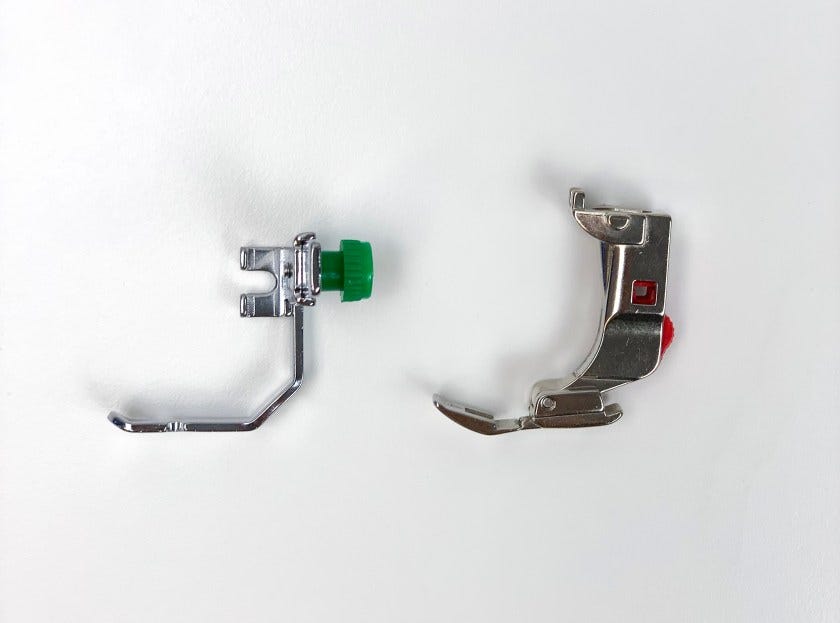
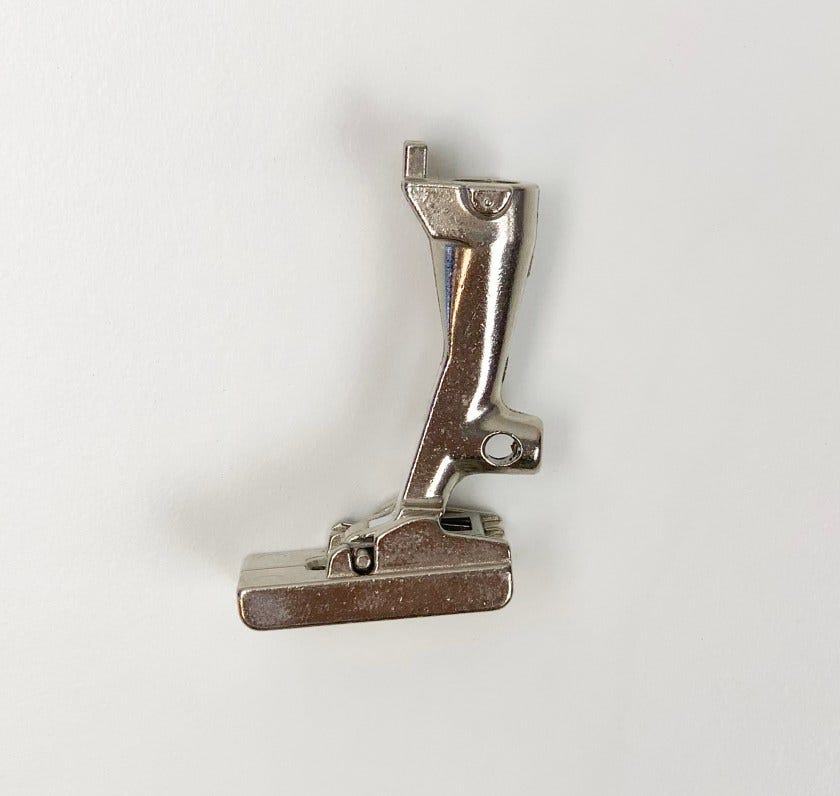
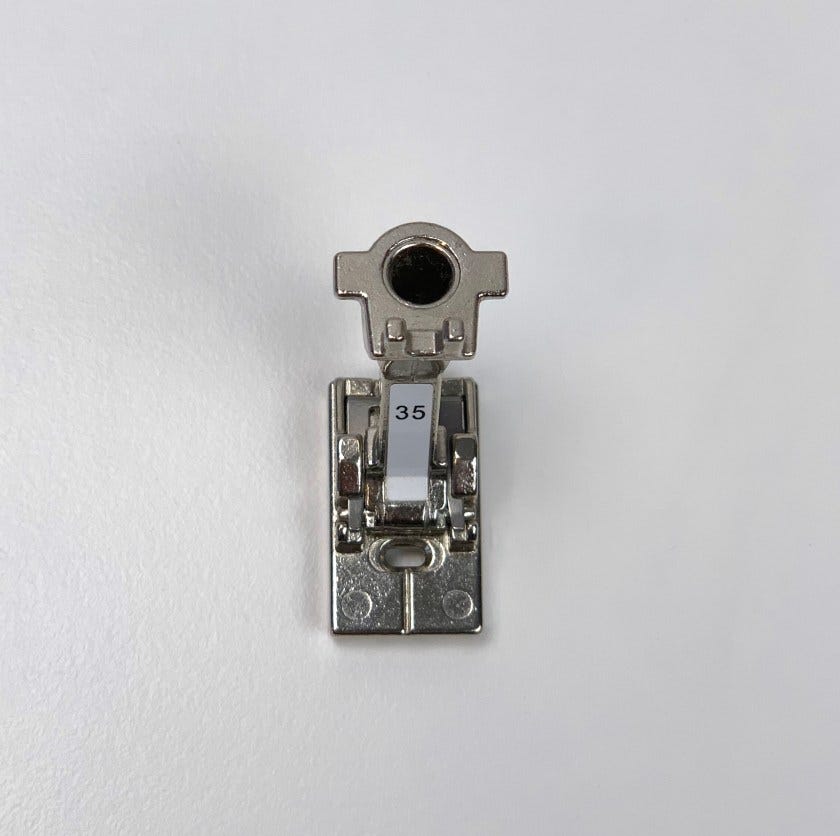

Thank you for this page, my brain has now come out of the clouds concerning zips.